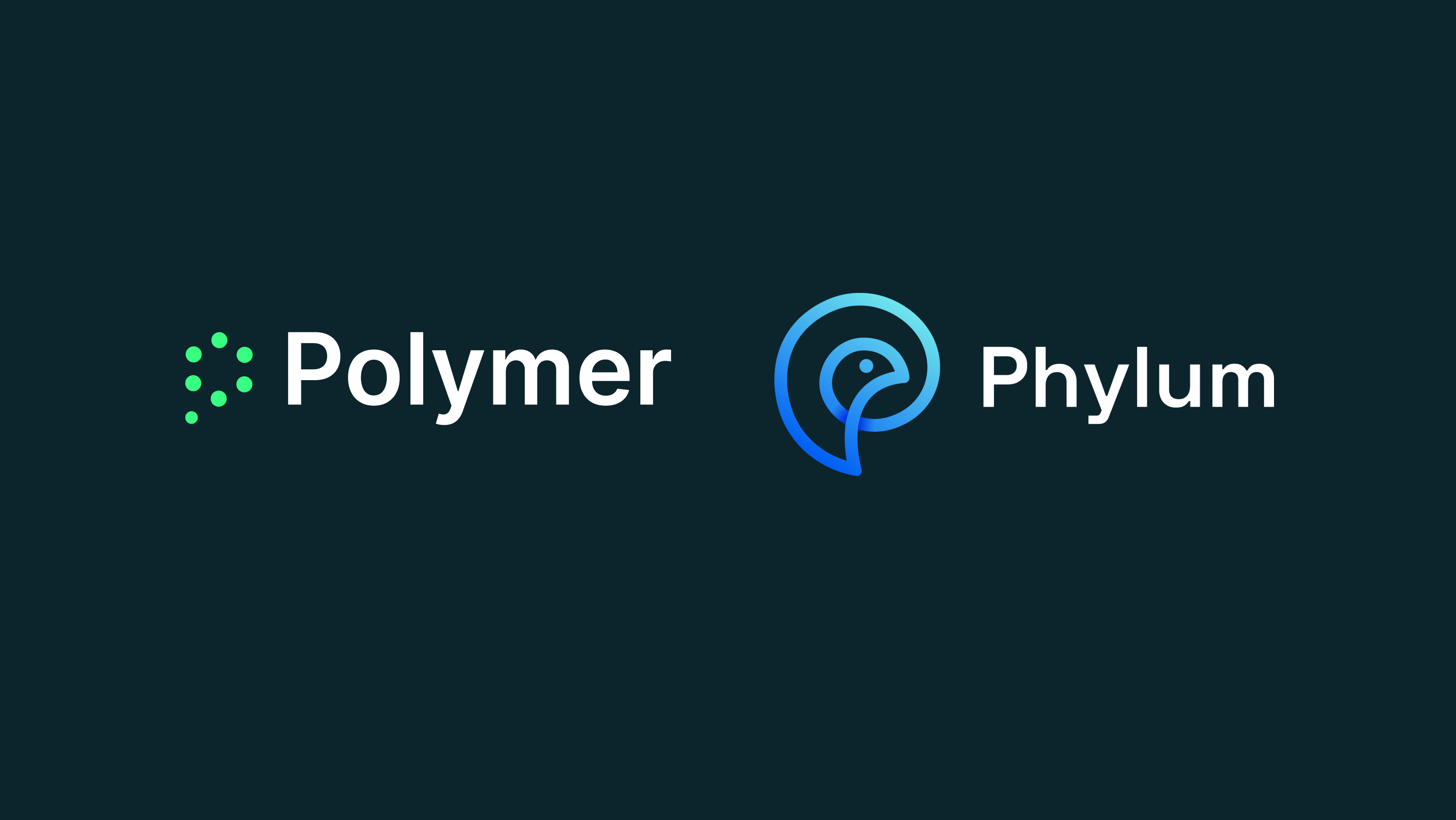As organizations move more operations to the cloud, security teams face a critical question: Is cloud security posture management (CSPM) enough, or do you need data security posture management (DSPM) too? The answer might surprise you.
Understanding the difference: CSPM vs DSPM
Cloud security posture management (CSPM) focuses on checking cloud infrastructure settings against security best practices. It looks at things like access controls, network configurations, and permission settings. This is valuable, but it misses something crucial: the actual data flowing through your systems.
Think of it this way: CSPM ensures your house has proper locks and security systems, but DSPM tells you what valuables are inside, who’s touching them, and if anyone is trying to take them out the front door.
Real-world examples show the gap
Let’s look at some real situations:
- Financial company with false confidence: A financial company with perfect CSPM scores had employees regularly sharing sensitive customer financial data through Slack channels. Their CSPM tools showed all green, while actual data was at risk.
- Healthcare organization overlooking insider risks: A healthcare organization configured their cloud environment correctly according to CSPM tools, but didn’t realize doctors were uploading patient records to personal Google Drive accounts. CSPM couldn’t see this risk.
- Manufacturing firm missing threats from ex-employees: A manufacturing firm had strong cloud infrastructure settings but didn’t know their product designs were being accessed by former employees through forgotten shared links. CSPM tools reported no issues.
In each case, CSPM tools provided a false sense of security while sensitive data remained exposed.
Why you need both, but DSPM is critical
CSPM remains important for cloud infrastructure security, but DSPM addresses the most critical asset: your data itself. Polymer’s DSPM solution provides:
- Complete visibility into sensitive data across all SaaS platforms, not just cloud infrastructure
- Real-time monitoring of how data is being accessed, shared, and used
- Automated protection that prevents accidental exposure without creating more work
- Historical threat auditing that finds risks other tools miss
- Adaptive security that works with your team’s workflow, not against it
The Polymer difference in DSPM
Unlike traditional security approaches, Polymer’s DSPM solution was built for today’s collaborative, cloud-first world. Our customers report dramatic reductions in security workload while gaining better protection.
As one customer noted: “Our prior solution required 8 hours per week just to manage alerts. With Polymer, we are down to 0.”
Move beyond infrastructure to true data security
In the age of AI and cloud collaboration, securing your infrastructure is necessary but not sufficient. True security requires protecting your most valuable asset: your data.
Start with a free 30-day risk scan to see what CSPM tools are missing in your environment. The insights are yours to keep, and you’ll quickly understand why leading organizations are adding DSPM to their security strategy.
Work securely in the age of AI with Polymer protecting what matters most.


